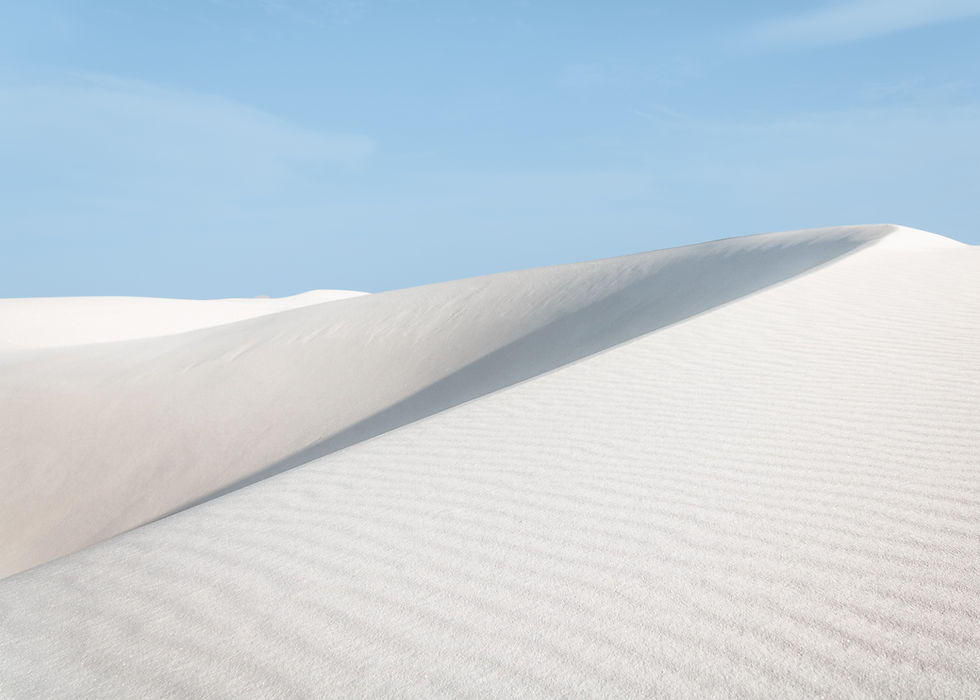Aswan with your private Tour Guide Muhamed Amien
Explore Aswan, discover the Hidden Gems of Aswan, Embark on an Unforgettable Journey with Muhamed Amien Your Egyptian private Tour Guide,Unlock the Mysteries of Aswan. Book Your Next Adventure with Muhamed Amien Tours. Experience Aswan Like Never Before: Let your private tour guide Muhamed Amien Guide You Through the Wonders of this Ancient City. Journey Through History. Explore Aswan's Rich Heritage with Muhamed Amien as Your Expert Tour Guide. Aswan Awaits: Contact Muhamed Amien for an Authentic and Memorable Travel Experience

Every thing you want to know about Aswan
Aswan's name is derived from the ancient Egyptian word "Swan", which means "the market"! This is because it was located on the main trade route between Egypt and the southern lands; with gold, slaves and ivory passing into Egypt. It's Egypt's 3rd largest city, and the largest in Upper Egypt, is situated at the foot of the Nile Valley to the North end of Lake Nasser. Aswan became very important after the construction of the High Dam and the worldwide rescue campaign of the Nubian monuments during and after its construction.
Aswan is capital of its own Governorate which has a population of about 1.2 million people. Most of these are Nubians, and local tribes of Kenzo. Aswan is situated 890Km (553 miles) to the south of Cairo and 220Km (137 miles) to the south of Luxor. It is the third most popular place to visit in Egypt, behind Cairo and Luxor, and is accessible in a number of ways. on the east bank of the Nile River just below the First Cataract. It faces the island of Elephantine (modern Jazīrat Aswān), on which stand the ruins of the ancient city of Yeb. Aswān was the southern frontier of pharaonic Egypt.

Aswan Sightseeing and archaeological areas
1- Plant’s Island (kitchener’s Island ) :
1- Plant’s Island (kitchener’s Island ) : It is so called because it was given to the Lord Kitchener in recognition of his services to the Egyptian army during the Sudan campaign of the late 1800s. Lord Kitchener created an island of fantastic trees and plants. Many of the species were imported from around the world.
.jpg)
2- Elephantine Island:
There are the remains of Khnum temple, dated back to the old kingdom. There is Aswan Museum where you can enjoy attractive collection of artifacts from the Greco-Roman period.
3- The Great Philae Temple :
The Great Philae Temple Was reconstructed on Agilika Island before its former site Philae island was flooded. For many centuries the temple of Philae complex was the holiest site for Isis worshippers. Philae was officially closed in the 6th century, by the Byzantine emperor Justinian. The temple was a seat of the Christian religion as well as of the ancient Egyptian faith. The Ruins of a Christian church were still discovered, and more than one adytum bore traces of having been made to serve at different eras the purposes of a chapel of Osiris and of Christ
4- The Temples of Abu Simbel
There are two temples, constructed by Ramses Il in the 13th Century BC. They were built to honor the great pharaoh Ramses Il and his wife the famous queen Nefertari. The name Abu Simbel comes from the boy who, according to local stories, led Burckhardt to the temples. The temples are known as The Great Temple of Abu Simbel for Ramses Il and the Small Temple of Abu Simbel for queen Nefertari.
5- The Tombs of the Nobles :
The Tombs of the Nobles are found on the West Bank of Luxor, dating back to the old kingdom, and all the way through the Middle Kingdom and New Kingdom. The Aga Khan Mausoleum is a magnificent structure built to honor one of the greatest men of the modern age, Mahommed Shah, Aga Khan Ill.
6- Temple of Kom Ompo
The temple of Kom Ombo is located to 30 miles (48 km) north of Aswan and was built during the Greco Roman period. Kom Ombo is an unusual double temple built during the rule Ptolemaic dynasty. However one side of the temple is dedicated to the crocodile god Sobek, god of fertility and creator of the world. The other side is dedicated to the falcon god Haroeris, also known as Horus the Elder.
7- Temple of Edfu
Edfu is situated 60Km to the north of Aswan and the town of Edfu, on the west bank of the Nile 56km south of Esna,Actually the Temple of Edfu is the best preserved temple in Egypt. It, was begun built in 327 B.C. by Ptolemy Ill, and was in use till "the end", with construction continued by Queen Cleopatra VIl, the last queen of Egypt. It is a relatively young temple. The temple of Edfu consists of traditional elements of Egyptian Temples of the New Kingdom, together with a few Greek elements, such as the Mamisi (Mamisi means "house of the divine birth"), The walls of the Mamisi are decorated with scenes showing the story of the divine birth of Horus the child, in the presence of the Goddess Hathor, the God Khenoum and other deities who were concerned with pregnancy and birth.

Book with Muhamed Amien your Egyptian private tour guide your Egypt tours, trips and hotels reservations











